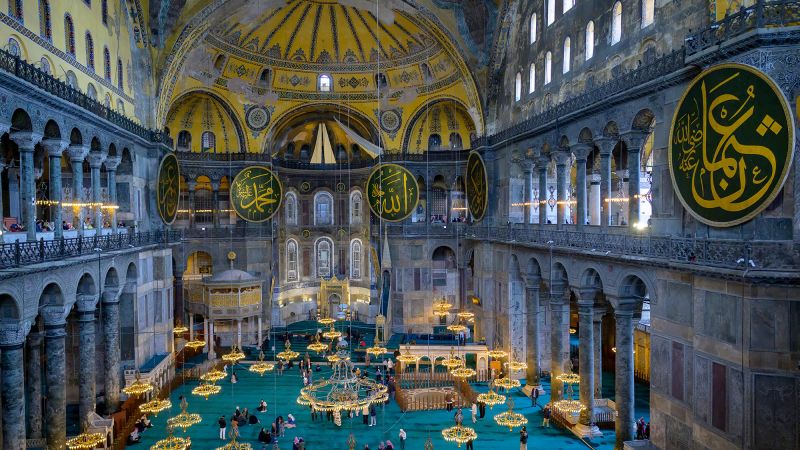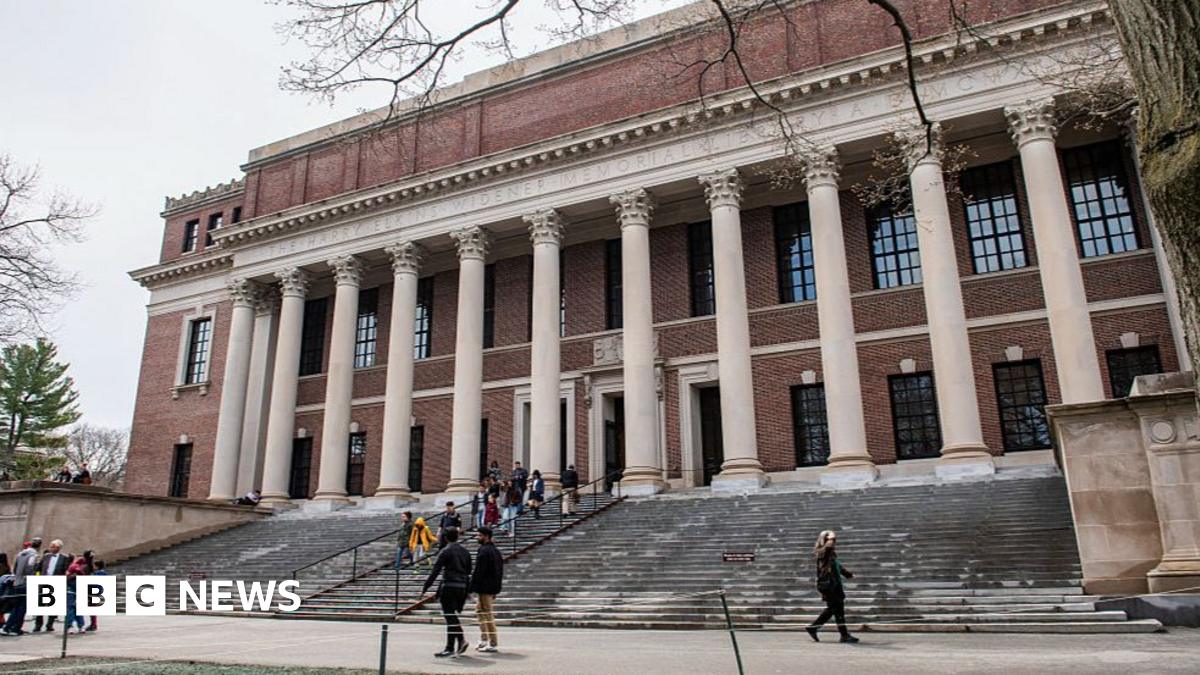Hagia Sophia: Architectural Marvel Through The Ages

Welcome to your ultimate source for breaking news, trending updates, and in-depth stories from around the world. Whether it's politics, technology, entertainment, sports, or lifestyle, we bring you real-time updates that keep you informed and ahead of the curve.
Our team works tirelessly to ensure you never miss a moment. From the latest developments in global events to the most talked-about topics on social media, our news platform is designed to deliver accurate and timely information, all in one place.
Stay in the know and join thousands of readers who trust us for reliable, up-to-date content. Explore our expertly curated articles and dive deeper into the stories that matter to you. Visit Best Website now and be part of the conversation. Don't miss out on the headlines that shape our world!
Table of Contents
Hagia Sophia: Architectural Marvel Through the Ages
The Hagia Sophia, a breathtaking monument to human ingenuity and a testament to the passage of time, stands as a powerful symbol of Istanbul and a beacon of architectural achievement. For centuries, this iconic structure has captivated the world, transforming from a grand Byzantine cathedral to an Ottoman mosque and finally, a museum, its history etched into its very stones. This article delves into the Hagia Sophia's remarkable journey through the ages, exploring its architectural brilliance and enduring significance.
From Byzantine Cathedral to Ottoman Mosque: A Shifting Identity
Construction of the Hagia Sophia began in 532 AD under the reign of the Byzantine Emperor Justinian I. Designed by the renowned architects Anthemius of Tralles and Isidore of Miletus, the building was a revolutionary feat of engineering. Its massive dome, a marvel of its time, was a testament to Byzantine ingenuity, showcasing their mastery of mathematics and structural design. The use of pendentives – triangular curved supports – allowed for the creation of a vast, awe-inspiring space, unlike anything previously seen. The interior, adorned with mosaics and rich ornamentation, created a breathtaking spectacle of light and color, a fitting space for Christian worship.
For nearly a thousand years, the Hagia Sophia served as the center of the Eastern Orthodox Church. However, in 1453, with the Ottoman conquest of Constantinople, the cathedral's fate shifted dramatically. Sultan Mehmed II, recognizing its architectural grandeur, transformed it into a mosque. The addition of minarets – slender towers from which the call to prayer is made – became a powerful symbol of the city's new religious landscape. The interior underwent modifications, including the covering of some of the original Christian mosaics and the addition of Islamic decorative elements. This period saw the Hagia Sophia serve as a vibrant center of Islamic worship and a testament to the Ottoman Empire's power.
A Museum and a Symbol of Cultural Heritage: Preserving History
In 1935, under the secular Republic of Turkey, the Hagia Sophia was transformed into a museum, opening its doors to visitors from around the globe. This decision aimed to preserve its rich history and architectural significance for all humankind, transcending religious boundaries. The museum showcased not only the breathtaking architectural design but also the surviving Byzantine mosaics and Ottoman-era additions, offering a layered glimpse into its multifaceted past.
This period, however, wasn't without its controversies. The debate surrounding the Hagia Sophia's status, balancing its religious and secular significance, has been a subject of ongoing discussion.
Hagia Sophia Today: A Continuing Legacy
In 2020, a decision was made to revert the Hagia Sophia’s status back to a mosque, sparking international debate. This move highlights the complex and interwoven history of this remarkable structure and the enduring questions surrounding its role in both religious and cultural heritage. Regardless of its current designation, the Hagia Sophia remains an unparalleled symbol of architectural achievement, a testament to human creativity and resilience, and a powerful reminder of the ever-evolving tapestry of history. Its continued existence allows future generations to marvel at its grandeur and contemplate the layered narratives embedded within its walls.
Further Reading:
This article serves as a starting point for understanding the rich history of the Hagia Sophia. Further research will undoubtedly uncover even more fascinating details about this architectural marvel.

Thank you for visiting our website, your trusted source for the latest updates and in-depth coverage on Hagia Sophia: Architectural Marvel Through The Ages. We're committed to keeping you informed with timely and accurate information to meet your curiosity and needs.
If you have any questions, suggestions, or feedback, we'd love to hear from you. Your insights are valuable to us and help us improve to serve you better. Feel free to reach out through our contact page.
Don't forget to bookmark our website and check back regularly for the latest headlines and trending topics. See you next time, and thank you for being part of our growing community!
Featured Posts
-
 Red Dead Redemption 2 Companion App Officially Delisted By Rockstar Games
Sep 05, 2025
Red Dead Redemption 2 Companion App Officially Delisted By Rockstar Games
Sep 05, 2025 -
 Kim Ju Aes Public Debut What It Means For North Korea
Sep 05, 2025
Kim Ju Aes Public Debut What It Means For North Korea
Sep 05, 2025 -
 Analyzing The Viral Spread Of Trump Health Conspiracy Theories
Sep 05, 2025
Analyzing The Viral Spread Of Trump Health Conspiracy Theories
Sep 05, 2025 -
 What To Do Immediately Following A Car Accident
Sep 05, 2025
What To Do Immediately Following A Car Accident
Sep 05, 2025 -
 Quit Earth Borderlands 4 Live Action Trailer Reveals A Desperate Plea
Sep 05, 2025
Quit Earth Borderlands 4 Live Action Trailer Reveals A Desperate Plea
Sep 05, 2025
Latest Posts
-
 The Ripple Effect A Distant Asian City And Russias War In Ukraine
Sep 05, 2025
The Ripple Effect A Distant Asian City And Russias War In Ukraine
Sep 05, 2025 -
 Harvard Wins Judge Reverses Trump Era Research Funding Cuts
Sep 05, 2025
Harvard Wins Judge Reverses Trump Era Research Funding Cuts
Sep 05, 2025 -
 Constipation In Children Parents Highlight Systemic Service Failures
Sep 05, 2025
Constipation In Children Parents Highlight Systemic Service Failures
Sep 05, 2025 -
 Inadequate Care For Constipated Children A Parental Crisis
Sep 05, 2025
Inadequate Care For Constipated Children A Parental Crisis
Sep 05, 2025 -
 Kiko Remains A Major Hurricane Potential For Catastrophic Impacts On Coastal Regions
Sep 05, 2025
Kiko Remains A Major Hurricane Potential For Catastrophic Impacts On Coastal Regions
Sep 05, 2025
